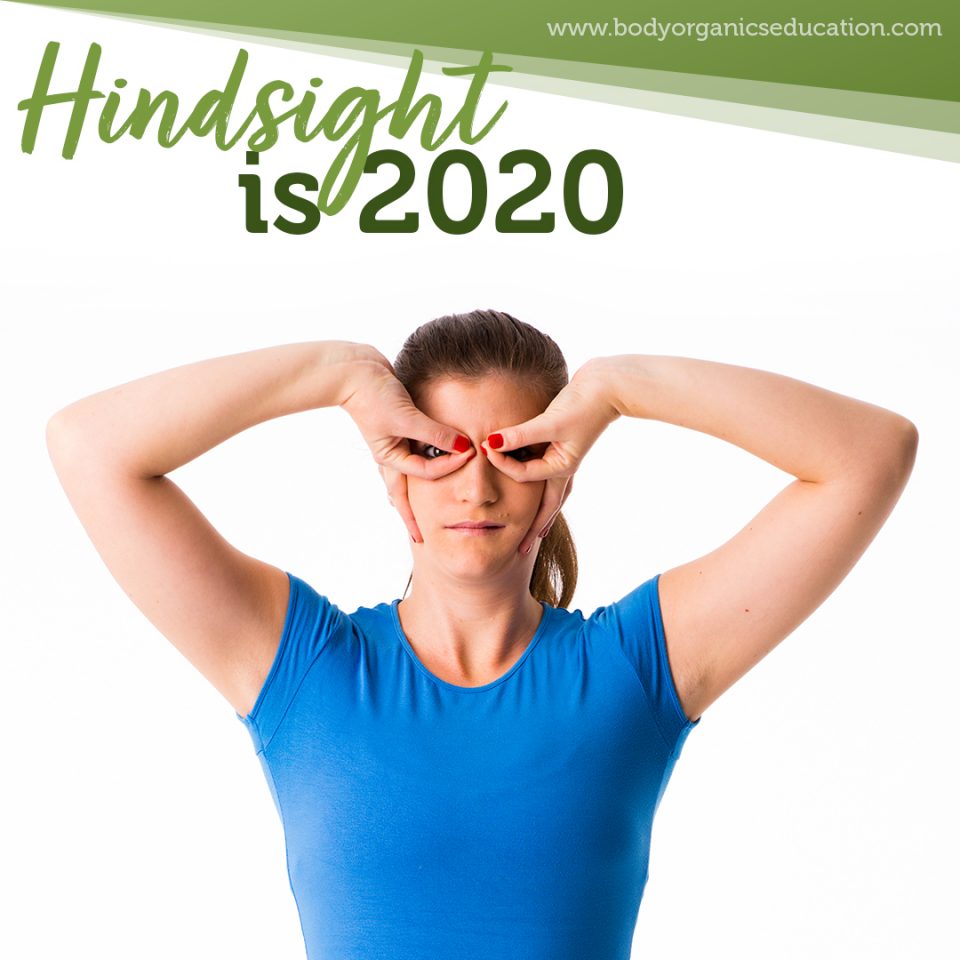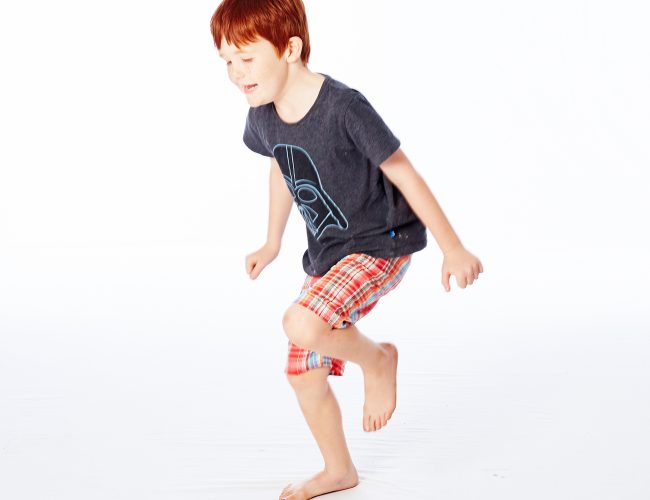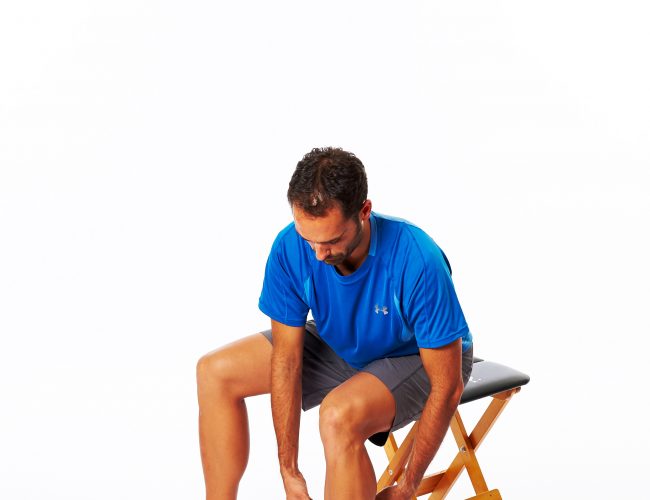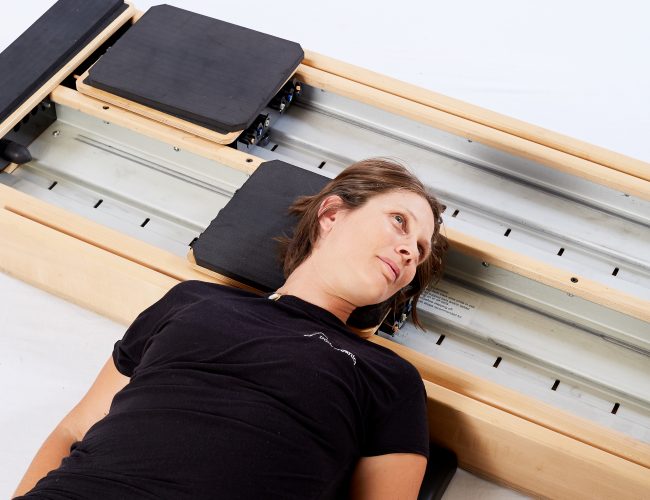Hindsight is 2020
Sat,Oct 24, 2020 at 07:35PM by Carla Mullins

Hindsight is 2020, we often wish we also had foresight, but for many of us a functioning visual system would do. Sadly for many of us, our vision is not as it should be thanks to age, ill-health or too much screen time. Poor visual processing can have consequences in neck pain and strain, falls, and accidents. In this blog, we look at how problems with our vision can put us off centre resulting in balance problems leading to falls and all sorts of unfortunate consequences. The role of eyes in neck tension and problems is something we will explore in our Anatomy Dimensions Neck and Jaw course.
What are our balance systems?
Our balance system has three major sensory input systems:
// vision
// vestibular system
// proprioception
Vision issues that impact on balance include:
// Cataracts
// Glaucoma
// Macular degeneration
// Visual field deficits, eg visual neglect
The eyes see things in space so we don’t trip over them. This can become a bit of a problem for people with glasses or cataracts, as their peripheral vision can become affected, potentially resulting in trips or bruises on their sides. I have to admit I have a very high level of myopia and am constantly tripping on things.
This loss of peripheral vision can also become an issue as we get older, as cataracts are quite common. Remember also that cataracts are a common side effect of medications such as glucocorticoids – often used to treat inflammatory conditions like asthma (in Australia 12% of the population has Asthma), or Rheumatoid Arthritis (in Australia about 2-3% of the population have this condition). We explore all of these conditions in more detail in our specialist autoimmune courses to be released early 2021.
If you don’t have poor vision, try putting your hands up to the sides of your eyes, as if you have horse blinkers on. Now just walk around and note how clumsy you have become.
Apart from the acuity issues such as those experienced by people like me, there can be a variety of conditions that affect how the brain processes visual information. This processing is called cognition and there are many reasons why the cognitive aspects of vision can be affected eg because of stroke. Some of these conditions include Hemi inattention where a person does not process the information on one side of them. Eg the person is not aware of the food on the left side of the plate, and may not even brush their hair or teeth on the left side of the body.
Some ideas to include in a movement class
There are things that we as movement teachers can be easily incorporated into a Pilates class to address some of the visual problems affecting balance: These ideas include
// Closing the eyes when doing some standing or walking exercises.

// Incorporate pivot work whilst they are looking into a dark corner, and have them pivot to a light part of the room. This is to train people to have a faster adjustment to changes in light, and their body’s reaction times to changing conditions. Remember many falls occur at dawn and dusk or when a person moves from a dark room to a lightroom.
// Not using terms like fix your eyes on a spot, to help you balance. I know I hear this term often from yoga teachers and while this cue is great for a temporary balance it can create over-reliance on the visual system for balance, which can then lead to problems when we can’t rely on our eyes, e.g. when we are needing to adjust our eyes. The lesson from this is to constantly keep the movement cues varied and appropriate so that you are not creating new compensatory patterns.
// Remember the eyes are part of how a muscular system will respond, failure to move the eyes will result in a failure to flow. We are teaching movement not stillness, and as such our eyes need to move with us. This can be encouraged firstly in seated but then when a person comes to standing by using a moving ball or stick to bring the person’s attention to where the eyes and body are moving.

// Some ideas would be to incorporate eye disassociation exercises into your class, e.g. the head series on the CoreAlign or Jump Stretch Board. There are some great ideas that are used in the Feldenkrais method as part of the sensory awareness training for the eyes.

In our workshop Chucking a Wobbly, we look at the problems that can go wrong in visual perception and cognition and how that affects balance. We also look at strategies and ideas that can be incorporated into your work so as to improve balance and reduce falls risk.
To find out more information about our online courses mentioned in this article you can click the link :
Anatomy Dimensions Neck and Jaw
 0
0 